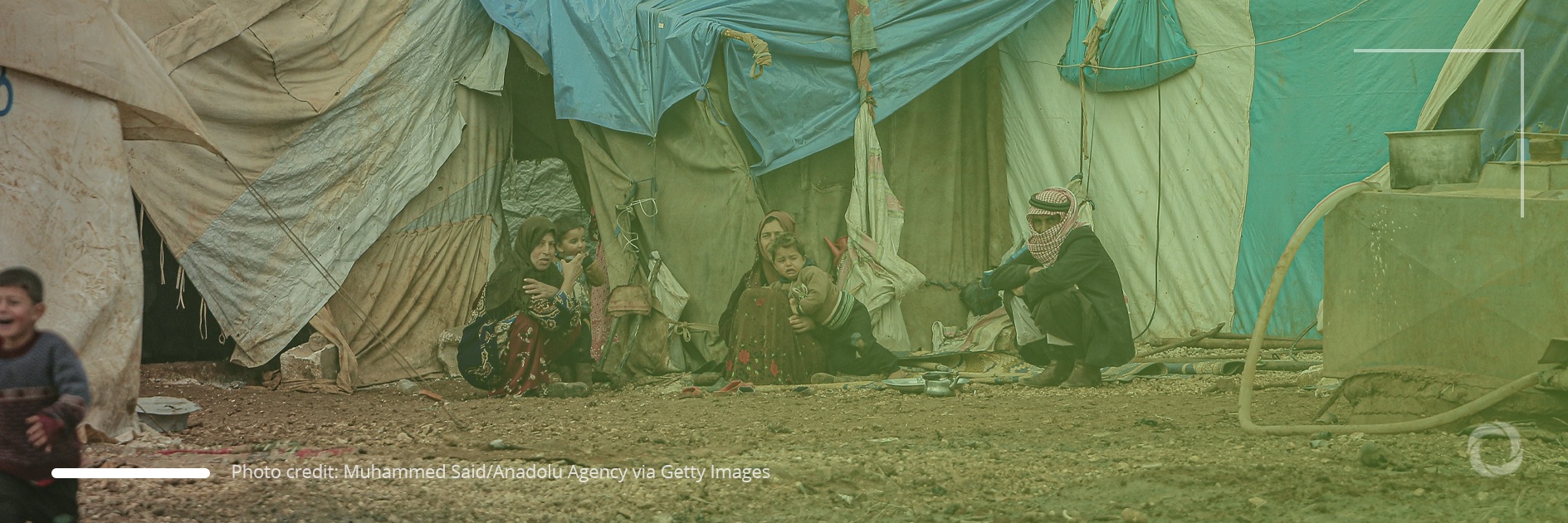Humanitarian crises crumble the lives of millions of people in the world, from Yemen in the Middle East to Venezuela in South America and Ukraine in Eastern Europe. As a result, people die, fall into poverty and despair and lose their sense of security. Currently, up to 235 million people are suffering during 27 national and regional humanitarian emergencies which require an immediate response. These events mostly occur as a result of natural disasters and armed conflicts but sometimes there are multiple factors that provoke such tragedies. Tackling these disasters requires a coordinated and pragmatic approach from various actors and on multiple fronts – something which is very hard to achieve.
Learn more about the definition of a humanitarian crisis, the types of emergencies, and the countries mostly affected by those in our latest article.
What is a humanitarian crisis?
A humanitarian disaster represents an event or a succession of events that threaten the health, wellbeing, and security of a community, country, or region. In most cases, these events occur in poor or underdeveloped countries where the authorities are unable to deal with the crises on their own. This is the reason why such events require international assistance that goes beyond the mandate or capacity of any single agency.
Each crisis is different and thus requires a unique approach in terms of response procedures. Some international organizations promote preventive measures, monitor ongoing crises, and develop response strategies to assist those affected with fundamental aid such as food, clean water, or safe shelter.
Tackling emergencies requires a coordinated, pragmatic response on multiple fronts. It is at this point that the role of international organizations, such as the UN Office for Coordinating Humanitarian Affairs, becomes critical. As focal points for emergency response, these institutions can guide coordinated humanitarian action, mobilize resources and ensure that all those in need receive the necessary assistance and protection.
Types of humanitarian emergencies
The categorization of humanitarian crises varies across organizations and communities but can be grouped as:
- naturally occurring
- man-made
- complex emergencies
Moreover, emergencies are also characterized based on the factors that caused them, the speed at which they spread, their severity, and the geographical coverage.
Fig. 1. Types of humanitarian emergencies
Who is the most affected by humanitarian emergencies?
UNOCHA is a United Nations entity commissioned to strengthen the international response to complex emergencies and natural disasters. The organization currently lists 27 ongoing national and regional humanitarian emergencies that require immediate action. The overall number of people who will need humanitarian assistance and protection in 2021 is expected to reach 235 million people. The UN and its partner organizations aim to assist 160 million people most in need across 56 countries in 2021 which will require total funding of US$35 billion.
The humanitarian crises in Afghanistan, Yemen, Ethiopia, and Venezuela are considered to be the world’s largest with a combined 71 million people in need of urgent assistance. Longstanding wars, violence, political instability, natural disasters, and economic volatility are the main factors that contribute to the occurrence and prevalence of humanitarian emergencies. Furthermore, the COVID-19 pandemic is exposing even more populations already affected by humanitarian crises and is contributing to shortfalls in humanitarian aid, disruption to food systems, and the overloading of the health sector.
DevelopmentAid is the leading provider of business intelligence and recruitment tools designed to assist those active in the development sector. Join today and gain access to exclusive information on upcoming funding opportunities (tenders and grants) from the largest bilateral and multilateral donors.

